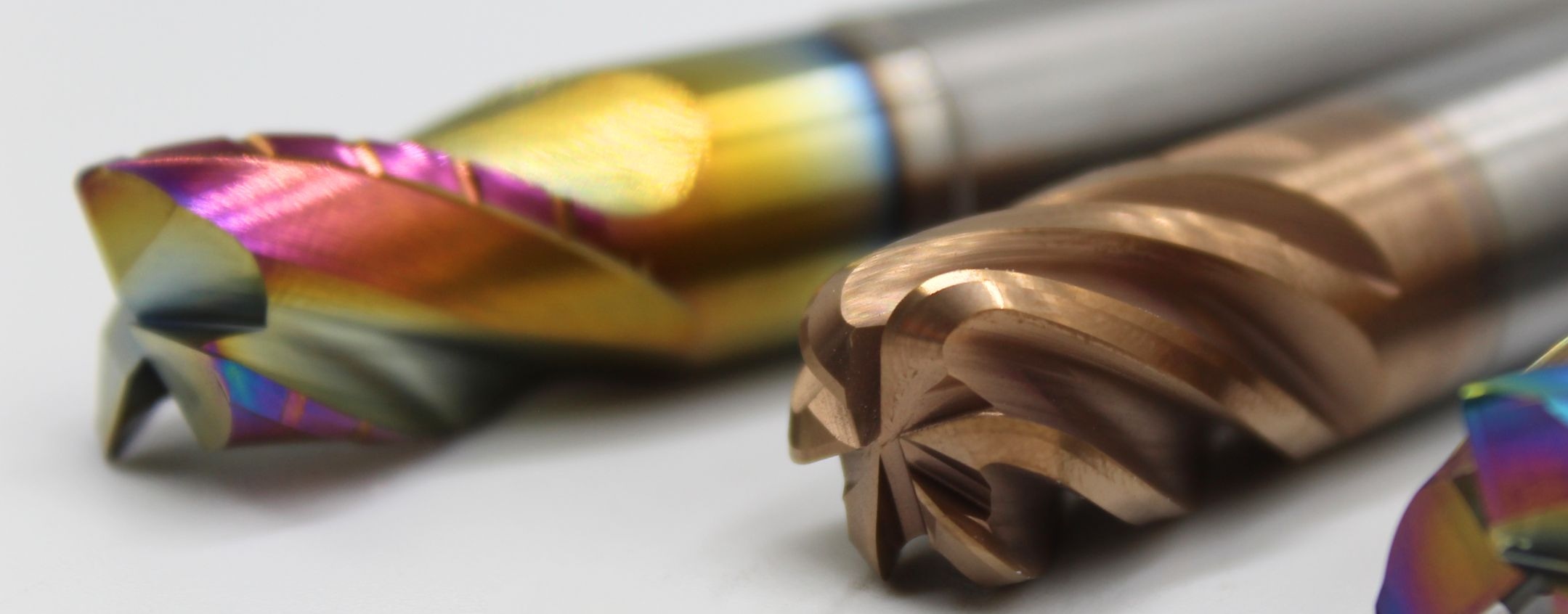
Carbide end mills are essential tools in precision machining, especially in aerospace, automotive, and high-performance manufacturing. Selecting the right end mill can significantly impact productivity, tool life, and overall machining efficiency. But with so many variations available, how do you ensure you're using the best tool for the job?
In this guide, we’ll break down five of the key factors to consider when choosing a carbide end mill—focusing on how each feature impacts machining performance and efficiency
Flute count is one of the most critical considerations when selecting a carbide end mill. The number of flutes determines the tool’s chip evacuation, operating speed, and strength.
Benefits: Using the correct flute count improves machining efficiency, reduces tool wear, and enhances part accuracy—resulting in fewer tool changes and lower production costs.
Vibration and chatter can cause poor surface quality and premature tool wear. A variable pitch design helps counteract this by disrupting the harmonic frequencies that cause chatter.
In high-speed machining, variable pitch stabilizes cutting forces, allowing for smoother operation.
Benefits: End users experience improved surface finishes, extended tool life, and higher operating speeds, which enhances productivity and reduces finishing costs.
Efficient chip evacuation is an essential component of material removal by a cutting process, especially in high-speed machining of aluminum and titanium.
Benefits: Better chip control means fewer machining interruptions, lower heat generation, and longer tool life, leading to faster cycle times and improved efficiency.
The coating on a carbide end mill plays a crucial role in determining its durability, heat resistance, and efficiency. Choosing a tool with the right coating can extend tool life, improve performance, and reduce production costs.
Benefits: Tool coating reduces heat buildup, prevents material adhesion, and extends tool life, ultimately leading to fewer tool changes, improved surface finishes, and more efficient machining operations.
The core diameter of an end mill plays a crucial role in tool rigidity and strength.
Benefits: A well-optimized core diameter reduces vibration, improves part accuracy, and increases tool life, making machining more predictable and cost-effective.
Selecting the right carbide end mill means balancing tool strength, chip control, vibration resistance, and precision. By understanding these five key factors, machinists and engineers can reduce costs, improve machining efficiency, and achieve longer tool life.
Looking for high-performance carbide end mills? Our standard range is stocked in the US and ready for fast delivery, ensuring you get the tools you need—when you need them.
Contact us today to place an order or discuss your requirements.
Our engineers and experts produce blogs, guides and case studies that help answer the biggest tooling questions.